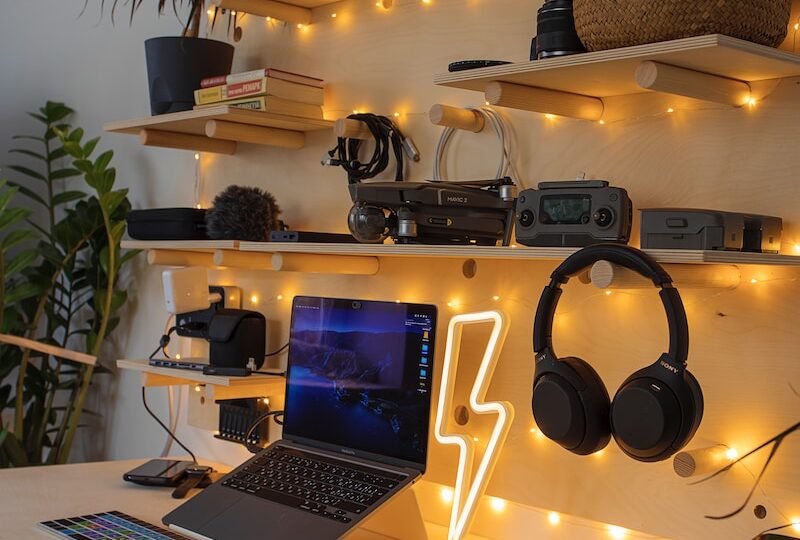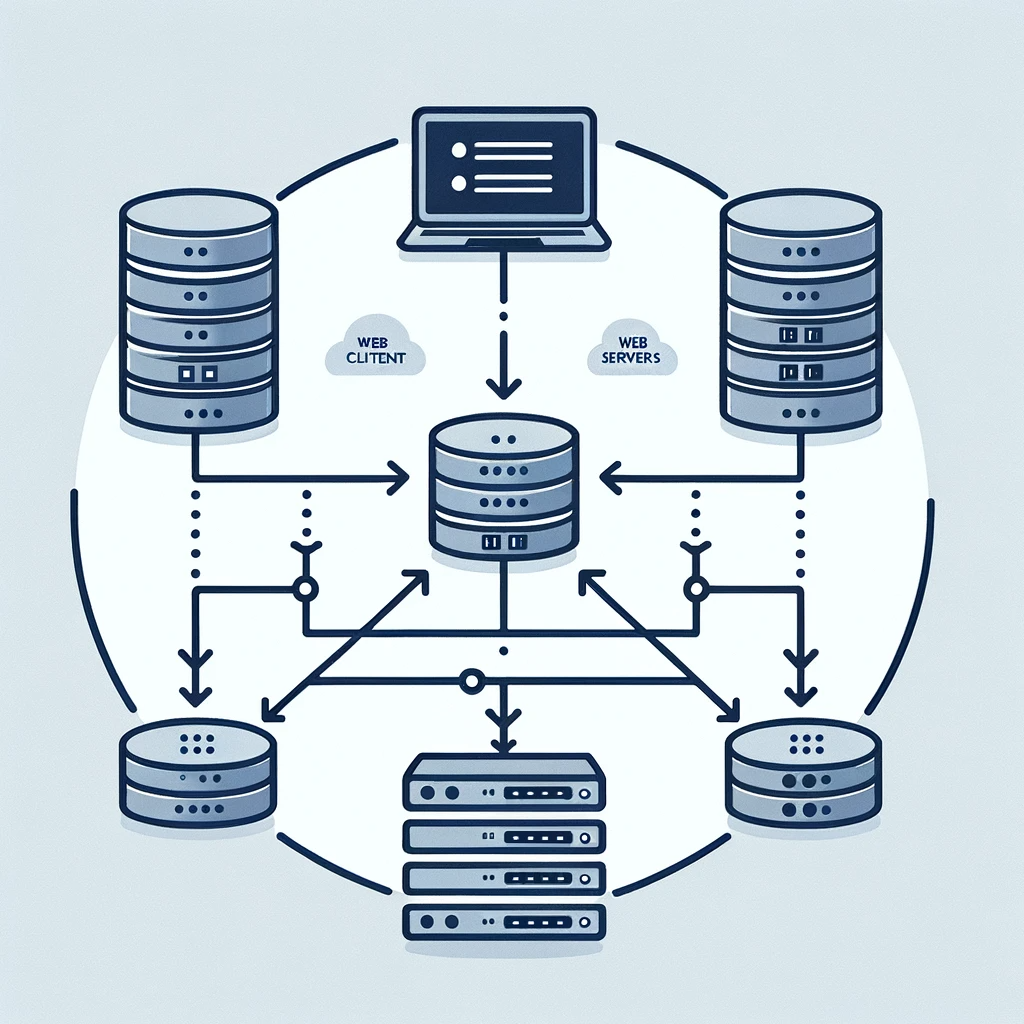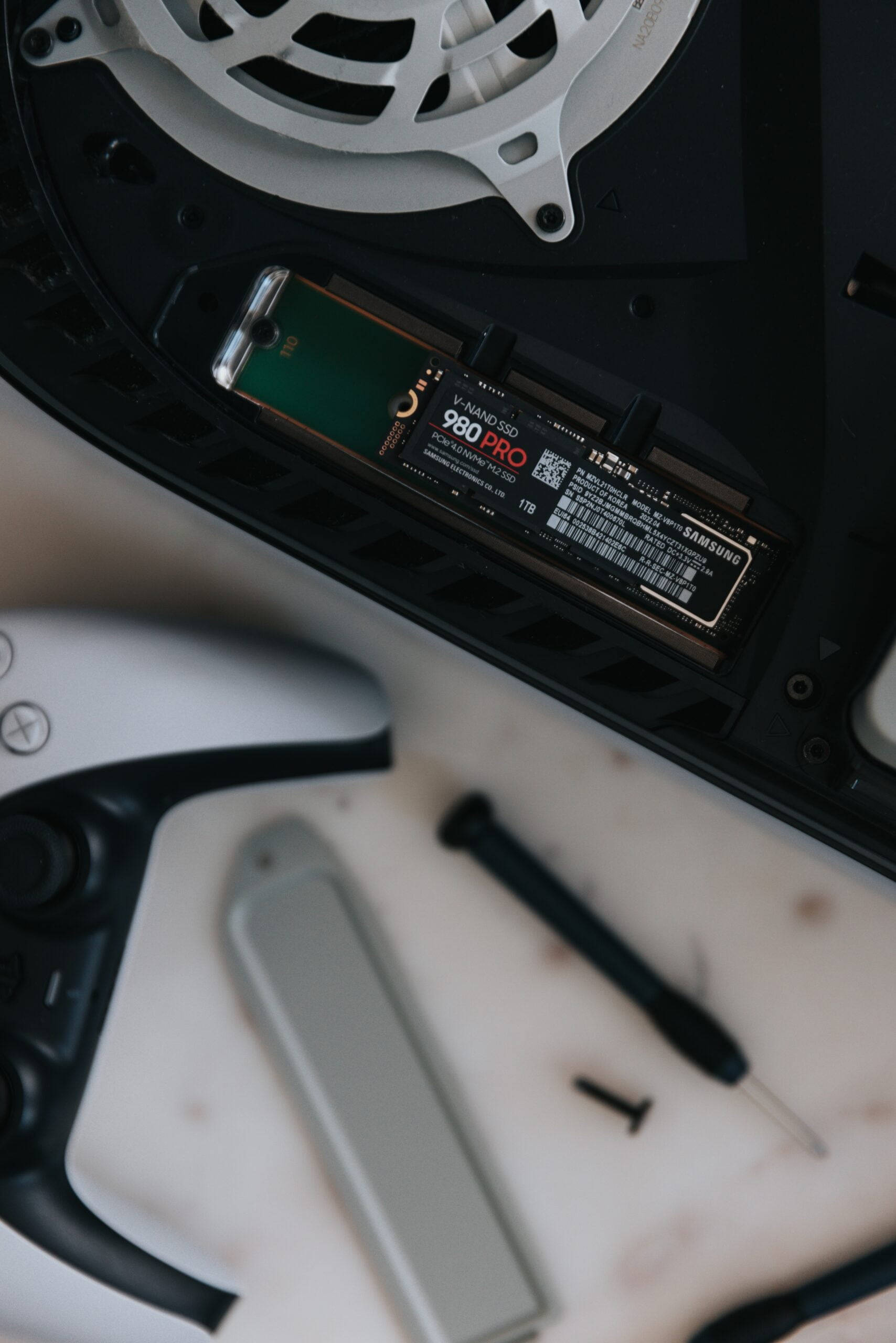Exploring the Advantages and Disadvantages of LoRa Technology for IoT
2023-12-01 | by reerr.com

LoRa (Long Range) is a Low Power, Wide Area Network (LPWAN) technology that has gained significant popularity in the realm of Internet of Things (IoT) applications. It offers a range of advantages and disadvantages that make it suitable for specific use cases. In this article, we will delve into the various pros and cons of LoRa technology.
Advantages of LoRa Technology
Long-Range Communication
One of the key advantages of LoRa technology is its ability to provide extensive communication range. It can span several kilometers in urban areas and even greater distances in rural areas. This makes it ideal for IoT applications that require connectivity over large areas, such as smart cities or environmental monitoring.
Low Power Consumption
LoRa technology is designed to operate on low power, which is crucial for IoT devices that may need to run on batteries for extended periods. By minimizing power consumption, LoRa enables devices to have significantly longer battery life, sometimes lasting for years without the need for frequent replacements or recharging.
Star Network Topology
LoRa networks follow a star network topology, where all devices communicate with a central gateway. This centralized approach simplifies installation and maintenance, as there is no need for complex mesh networks or extensive infrastructure. It also allows for efficient management and monitoring of connected devices.
Security
Security is a paramount concern in IoT applications, and LoRa technology addresses this by utilizing AES encryption for secure data transmission. This ensures that the data exchanged between devices and the central gateway remains protected from unauthorized access or tampering.
Disadvantages of LoRa Technology
Low Data Transfer Speeds
One of the trade-offs of LoRa technology is its limited data transfer speeds. Due to its focus on low power consumption and wide coverage, LoRa offers data rates ranging from hundreds of bps (bits per second) to a few kbps (kilobits per second). While this is sufficient for many IoT applications, it may not be suitable for scenarios that require real-time data streaming or large data transfers.
Not Suitable for High Bandwidth Applications
LoRa technology is not designed to cater to high bandwidth applications such as video streaming or large data transfers. Its strength lies in its ability to provide long-range, low-power connectivity, making it more suitable for applications that require periodic data transmission or monitoring rather than continuous high-speed data transfer.
Applications of LoRa Technology
Despite its limitations, LoRa technology finds extensive applications in various fields that require IoT solutions. Some of the key areas where LoRa technology is particularly useful include:
- Smart Cities: LoRa enables efficient connectivity and monitoring of various urban infrastructure, such as streetlights, waste management systems, and parking sensors.
- Agriculture: LoRa can be used in agricultural applications to monitor soil moisture levels, weather conditions, and crop health, enabling farmers to optimize irrigation and resource management.
- Energy Management: LoRa technology allows for remote monitoring and control of energy consumption in buildings, enabling better energy management and cost savings.
- Environmental Monitoring: With its long-range capabilities, LoRa is well-suited for environmental monitoring applications, such as air quality monitoring or wildlife tracking.
By considering the advantages and disadvantages of LoRa technology, organizations and developers can make informed decisions about its application in various IoT use cases. Despite its limitations in terms of data transfer speeds, LoRa’s long-range communication, low power consumption, and security features make it a compelling choice for many IoT applications.
RELATED POSTS
View all


